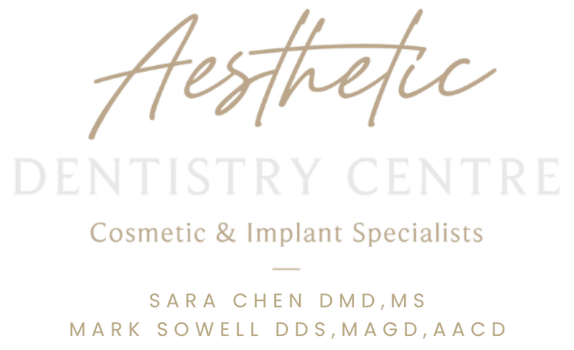A dental bridge is an excellent solution for replacing missing teeth, often restoring both function and appearance. Once your bridge is in place, proper aftercare is crucial to ensure its longevity and to maintain the health of your surrounding teeth and gums. While dental bridges are durable, they still require consistent care and attention. Understanding how to look after your bridge will help you preserve your smile for many years.

Understanding Your Dental Bridge
A dental bridge consists of one or more artificial teeth, known as pontics, held in place by crowns on the adjacent teeth or by dental implants. These structures are designed to look and feel like natural teeth, helping you eat, speak, and smile confidently again. However, unlike natural teeth, a bridge is a single unit, which means cleaning and maintaining it involves special techniques to prevent decay and gum disease around the supporting teeth.
Oral Hygiene Practices
Keeping your mouth clean is the foundation of bridge aftercare. Brushing at least twice a day with a fluoride toothpaste helps remove food debris and plaque that can accumulate around the bridge. It’s important to use a soft-bristled toothbrush to avoid damaging the crowns or irritating the gums.
Flossing is equally vital, though it requires a slightly different approach. Because a bridge is connected, regular floss cannot slide between the pontic and the gum. Instead, use a floss threader, interdental brush, or water flosser to clean underneath the bridge. These tools effectively remove trapped particles and bacteria that can lead to decay or gum inflammation. Regular rinsing with an antibacterial mouthwash can further reduce the risk of infection and keep your breath fresh.
Eating and Drinking Habits
While your new bridge allows you to eat a variety of foods again, it’s wise to be cautious in the early days. Start with softer foods and gradually reintroduce harder textures as you become more comfortable. Avoid chewing on very sticky or hard items like caramel, ice, or popcorn kernels, as these can loosen or damage the bridge.
Limiting sugary foods and acidic beverages will also protect the teeth that anchor your bridge. Sugar feeds the bacteria that cause decay, and acid can weaken enamel over time. A balanced diet rich in vitamins and minerals supports gum health and helps maintain a strong foundation for your bridge.
Managing Discomfort and Sensitivity
It’s normal to experience some mild discomfort or sensitivity after your bridge placement. Your gums and supporting teeth may need time to adjust to the new structure. This typically improves within a few days. Using a toothpaste formulated for sensitive teeth can help ease any discomfort. If sensitivity or pain persists beyond a week or two, contact your dentist to ensure everything is healing properly and that your bite is correctly aligned.
Regular Dental Checkups
Routine dental visits are essential for monitoring the condition of your bridge and the health of the surrounding teeth. During these appointments, your dentist will check for signs of wear, decay, or gum disease and professionally clean areas that are difficult to reach at home. Most patients benefit from visiting their dentist every six months, though your dentist may recommend a more personalized schedule based on your needs.
Long-Term Care
With proper care, a dental bridge could last ten years or longer. Maintaining excellent oral hygiene, eating mindfully, and visiting your dentist regularly all contribute to its longevity. If you grind your teeth at night, ask your dentist about a custom mouthguard to protect your bridge and natural teeth from damage.
Dental Bridge Care in Plano, TX
At Aesthetic Dentistry Centre, we are dedicated to helping you preserve your oral health. If you have a missing tooth, your bite and smile could be at risk. With a dental bridge, you could restore your confidence, jaw functionality, and quality of life. Contact our office today to schedule a consultation and learn more about your treatment options for tooth loss.
